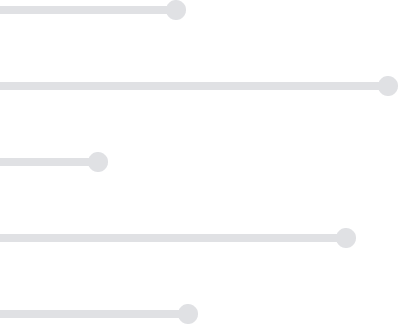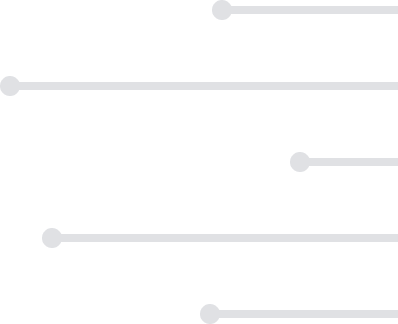
$69
Plus membership
1 Credit
All courses include:
eTextbooks
2 to 3-day turnaround for grading
Multiple chances to improve your grade
On-demand tutoring & writing center
Student support 7 days a week
$69
Plus membership
1 Credit
All courses include:
eTextbooks
2 to 3-day turnaround for grading
Multiple chances to improve your grade
On-demand tutoring & writing center
Student support 7 days a week
Organic Chemistry I Lab
$69
Plus membership
1 Credit
About This Course
ACE Approved 2023
This online Organic Chemistry Lab course is a standalone addition to our Organic Chemistry I course. The online chemistry lab course from StraighterLine will give you a solid foundation for further study into laboratory sciences.
What You'll Learn
Illustrate organic compound structural isomers based on molecular formulas.
Calculate the melting point of tetracosane and 1-tetradecanol.
Predict the names of organic compounds based on their structure.
Contrast hydrocarbons based on their melting points and solubility properties.
Construct models of simple hydrocarbons, aromatics, aldehydes, and ketones using a molecular modeling kit.
Construct models of geometric and optical isomers with a molecular modeling kit.
Extract two food dyes in grape soda using column chromatography.
Synthesize a polymer from polyvinyl acetate glue and sodium tetraborate.
Synthesize four soaps from plant oils.
Lab Kit
Prefer the hard copy? Simply purchase from your favorite textbook reseller; you will still get the eTextbook for free. Custom Lab Kit from Science Interactive. Create an account at https://esciencelabs.com/user/register and use the "Have a Code?" page to search for Kit LP-5006-OC-01 which is $189 (plus shipping).


Your Life, Your Schedule, Your Education
Transfer into over 3000+ institutions that accept ACE courses or transfer directly into 180+ partner schools.
request information
Students complete at-home laboratory experiments in this course, in addition to tracking and recording results and taking lab-based assessments to meet the lab requirement. eScience Labs, a leading provider of at home lab kits and supplemental online materials, provides the necessary labs.
There are no prerequisites to take Organic Chemistry I Lab though we highly recommend concurrent enrollment in Organic Chemistry I (CHEM250).
| Lab | Objectives |
|---|---|
| Drawing Organic Compounds |
|
| Melting Points |
|
| Naming Organic Compounds |
|
| Hydrocarbons |
|
| Stereochemistry I |
|
| Stereochemistry II |
|
| Column Chromatography to Separate Dyes |
|
| Polymers |
|
| Synthesis and Analysis of Soap |
|
Your score provides a percentage score and letter grade for each course. A passing percentage is 70% or higher.
Assignments for this course include 8 graded exams.
This course does not require a textbook.
Organic Chemistry I Lab students also take:
Helpful resources:







